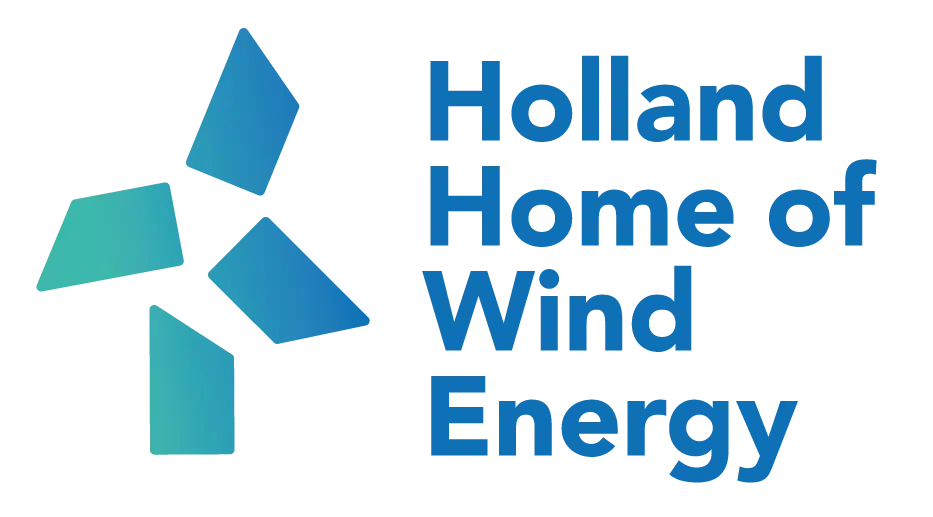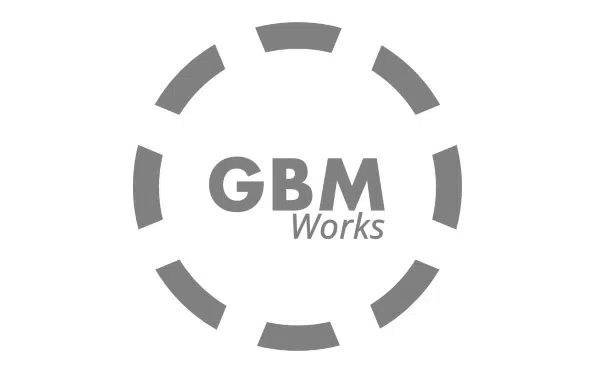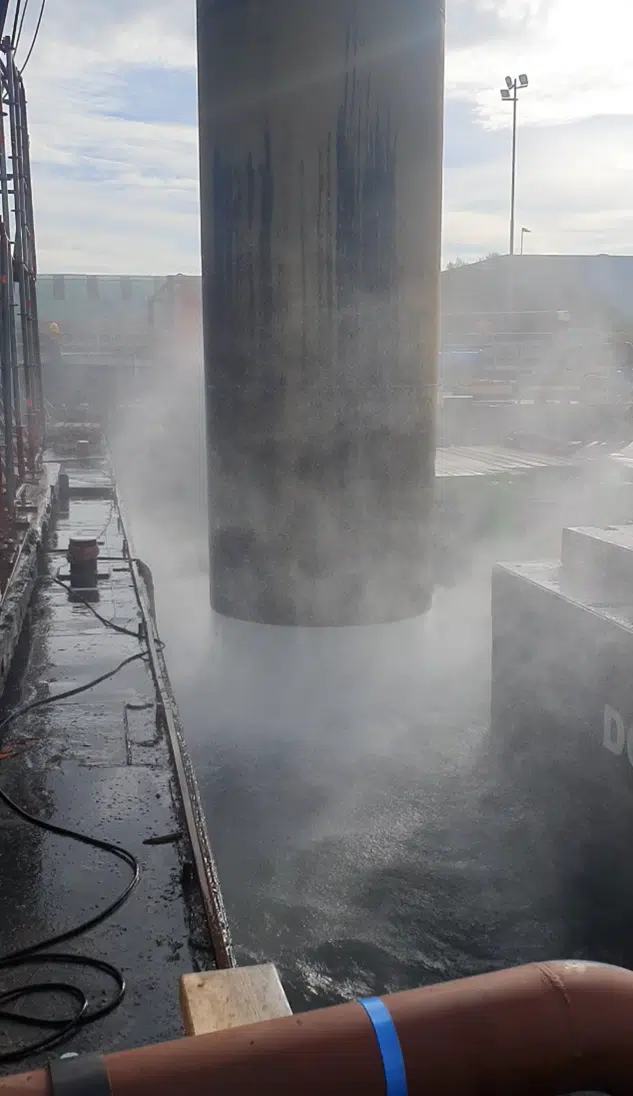Silent Installation of Monopiles – Offshore Wind Farms
GBM Works’ Silent installation technology – The Vibrojet®.
GBM Works has developed a technology that will revolutionize the way monopiles will be installed. Engineered to be superior to an impact hammer and a vibratory hammer on driveability and noise, and comparable with vibratory hammer on lateral bearing capacity.
The technology is a combination of 2 well known principles in the industry: vibratory driving and water injection. GBM developed this combination and applies it in in an efficient manner.
Industry need
The noise generated with pile driving is among else dependent on the dimensions of the pile, the stick-up length in the water and the hammer energy. All these factors increase as we move towards larger wind turbines and deeper waters.
GBM Works’ method answers the industry need for a silent installation method, whether for marine life or to reduce piling nuisance on the coast, that is capable of driving XXL monopiles to target depth without the compromising lateral bearing capacity.
Why not only use a vibratory hammer?
Vibratory hammers do deliver certain advantages when used alone: they are fast when soil conditions allow them, are relatively silent compared to impact driving and can reduce the fatigue damage to the pile during installation. However, when dense sands or stiff clays are encountered, an excessive amount of power is needed to drive the pile to target depth, or more likely, a refusal occurs. These refusals are also hard to predict with currentlyAavailable software.
Adding the jetting machine resolves vibro-hammer short comings.
GBM solves these short comings by adding a jetting machine to the vibratory hammer that will operate inside the pile and near its tip. This decreases the soil resistance on the inside while leaving the outside soil untouched. The jetting machine settings can be adjusted to accommodate for different soil types such as clay, sand etc. Based on a test program of the method on different soil compositions carried out in its own laboratory, GBM Works has been able to build a simulation model with which it can make driveability predictions and optimize machine settings. These first tests confirmed the models and reveal an increase pile installation speed. The limits of the jetting machine are at boulders and rock formations.
Lateral bearing capacity is similar to normal vibro-driven piles
The commonly heard hesitation of using jetting technology in combination with monopile installation is the yet unknown impact on the lateral bearing capacity. The axial bearing capacity is of less relevance due to the low weight of a wind turbine compared to the lateral loading from waves, current and wind. The Vibro-Jet technology delivers a foundation with similar lateral bearing capacity characteristics as normal vibratory driving. The reasoning is as follows; the lateral capacity is obtained from the soil outside the pile and some base shear. The water injection only occurs on the inside of the pile, fluidizing the complete interior. By actively equalizing the pressure on the inside and outside of the pile, waterflows underneath the tip of the pile are eliminated, which prevents the soil outside the pile from being disturbed.
Certification
GBM’s development projects and SIMOX will lead to the Technology Qualification of the Vibrojet® for the installation of monopiles offshore. DNV has been contracted as the certifier and the certificate is expected on the first quarter of 2023.
Commercial Applications
GBM is looking for innovative Developers and Contractors that are willing to challenge the existing installation methods and bring a more sustainable alternative to the market. If you are interested in more information, please contact Marcelo Werneck, Business Development Manager at m.werneck@gbmworks.com or +31623407167.


